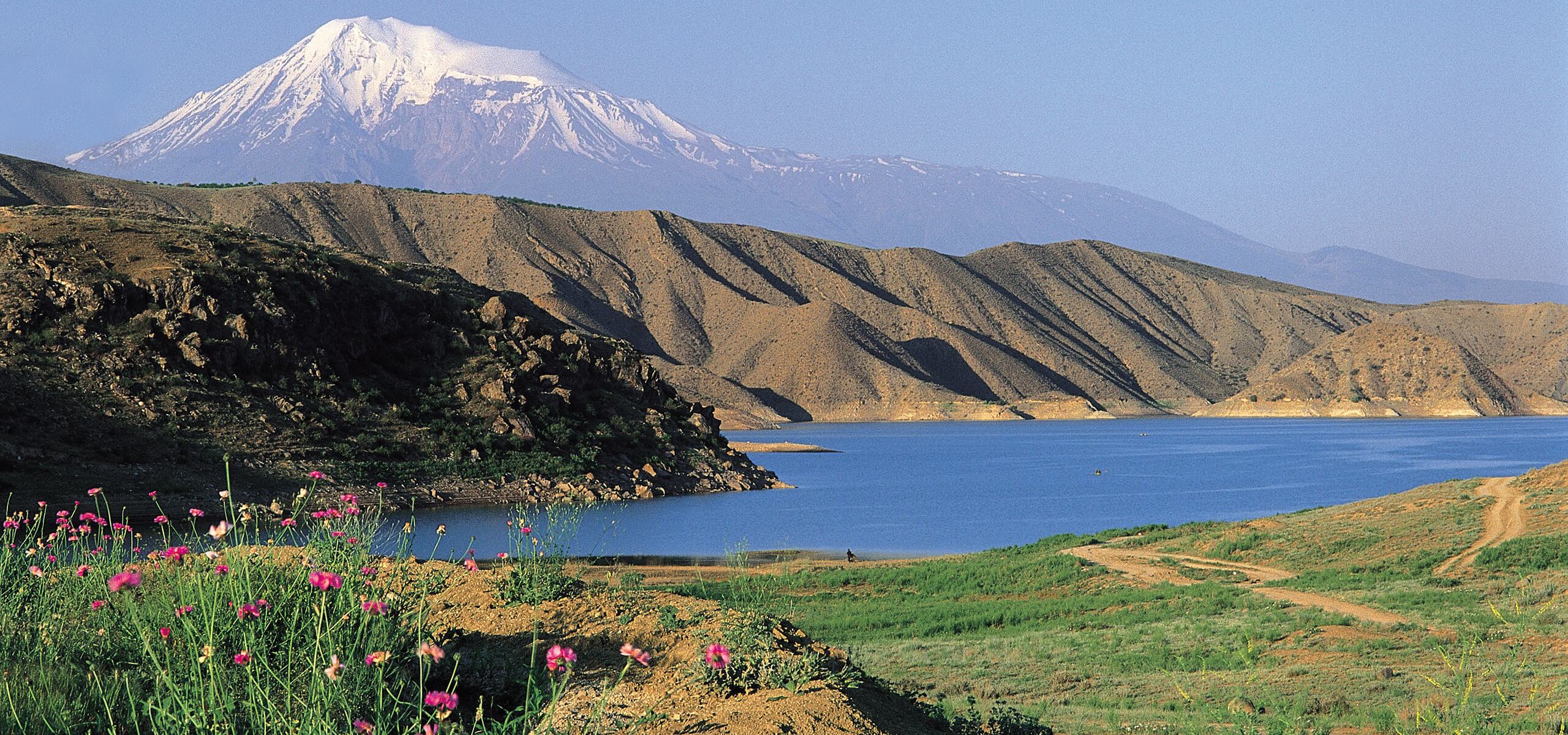
Which Tufenkian rugs are produced in Armenia and why?
Our Armenian Collection was created in 1993 and ranges from traditional, delicate, and refined to bold, archetypal designs. James was inspired to bring new life and energy to the craft of handmade rugs in the land where it all began and created various weaves to express this tradition.
Weaves
Esfahan Weave
The most luxurious of Armenian qualities, Esfahan has a knot count comparable to or higher than Tibetan Shakti. This quality is available in all wool, may mix soumakh and pile construction and up to three plies of yarn. This smooth, thick pile is ADA compliant yet lends itself to delicate, fine detail designs. The dyeing process deliberately creates color shadings, and pieces are treated with special wash to emphasize abrash and color striation.
Tabriz Weave
Our Tabriz quality has a knot count comparable to or higher than our Tibetan Shakti, but slightly lower than Esfahan quality. Available in all wool, we may mix soumakh and pile construction. Tabriz is suitable for detailed designs and employs triple-ply yarn construction. Color shadings are deliberately created through the dyeing process and finished pieces are treated with a special Swiss wash to emphasize abrash and color striation.
Oushak Weave
Available in all wool, Oushak quality rugs are created with a knot count comparable to or higher than our Tibetan Shakti. This most textured and least finely knotted of the Armenian qualities may mix soumakh and pile construction. Oushak quality is suitable for larger scale patterns, and is the most competitively priced in the Armenian Collection. Production in this quality began late '90's along with Tabriz.
Kazak Weave
Our first Armenian construction is used for the more tribal, historical reproductions of ancient Armenian designs that connected our weavers with their ancestral roots. Though most sizes are traditionally smaller than 6'x9', we have created several designs available in 8'x10' to 10'x14'.
Virtues of Armenian Wool
Armenian sheep, "Vochkdar," roam free across the mountainous land, and Tufenkian has taken pride in raising them with respect for the traditions of yore. Indeed it is their wool – "poort" – that is the essential starting point for every fine Tufenkian Armenian carpet. It is both an extremity of dedication and quality control to actually raise the sheep whose wool is ultimately spun into yarn, the luscious "Mahnoom." In re-inventing the Armenian carpet industry, Tufenkian has researched its history and returned the process to what it was like in pre-Stalinist times.
“Each step of the process is as variable and surprising as the person who executed it; by some remarkable alchemy in the finished carpet, this accumulation of variables, this infinitude of imperfections, is in sum perfection itself.” - James Tufenkian
Carding
Carding By Hand
The first step in the creation of Tufenkian’s rich yarns – "Mahnoom" – is called carding. One handful of wool is placed between two metal-toothed brushes and gently combed until the fibers are roughly aligned. It is a labor intensive process that has been traditionally used to prepare wool for spinning. Carding by hand respects the precious fibers, and the resulting yarn is very natural and distinctively raw.
Spun with foot power
In homes and small village compounds, Tufenkian workers labor at simple, foot-powered wooden wheels called "Mahnello ahneev," carefully spinning with a practiced hand. The balance between wheel and hand is too delicate to yield a mechanically uniform product. The resulting rich, organic texture, subtle colors, and warm feel augmented by homespun yarn couldn’t be more perfect for Tufenkian Oushaks.
Swiss dyes for consistency and breadth of color
The wool is dyed in small lots by hand, but the pigments are provided by Swiss metal complex dyes. From an aesthetic and practical point these dyes simply have no peer. They enable color consistency well within the acceptable range for a handmade rug, plus they are light fast and never run in washing. At the same time, they allow for expression of the subtle striation of color that is among the prized characteristics of our production.For the Oushaks, these dyes allow the tonal variations necessary to give the warm feel of an antique, while maintaining new and pristine color, both a conceptual leap and a technical challenge. We believe the feeling speaks for itself.
Weaving and Shearing
Tufenkian Armenian carpets are woven by hand, knot by knot, by skilled "Manorghs," Armenian weavers. Each knot results in a single point of color in the pile of the finished carpet. Weavers at the loom create a dense, luxurious fabric, and because each weaver pulls every knot tight with a different force, there are no straight lines or uniform details in the resulting Tufenkian carpet. The art of weaving remains as it has been for many hundreds of years: hand pulling and knotting wool on mahogany framed looms, the "Dazgah."










